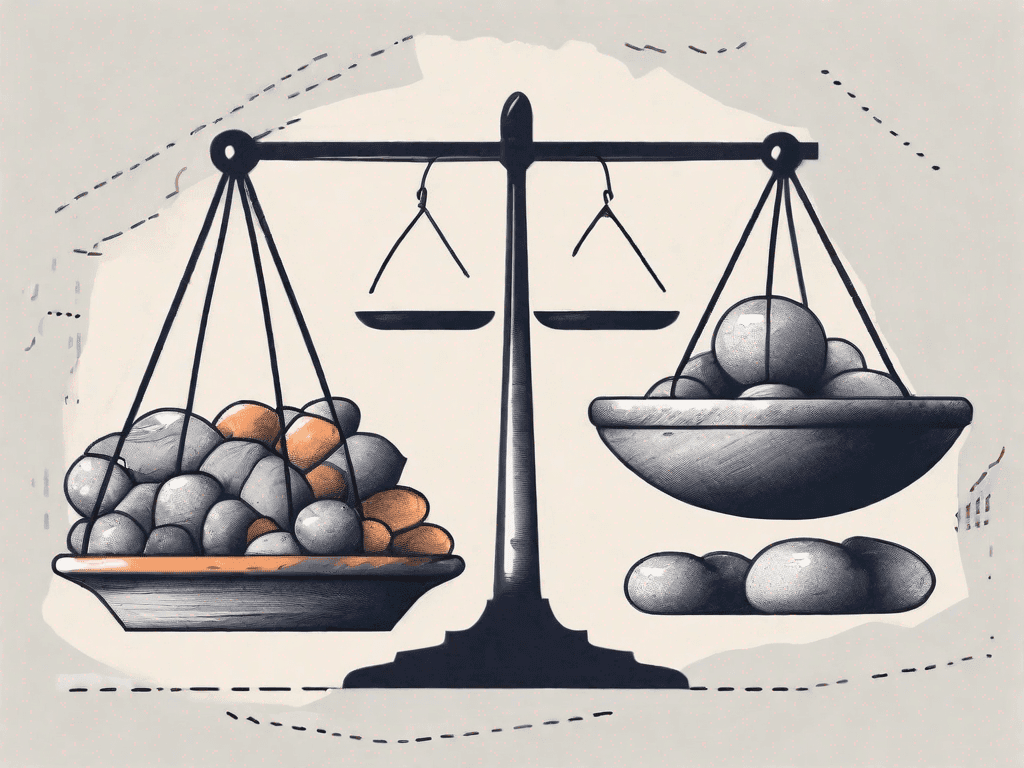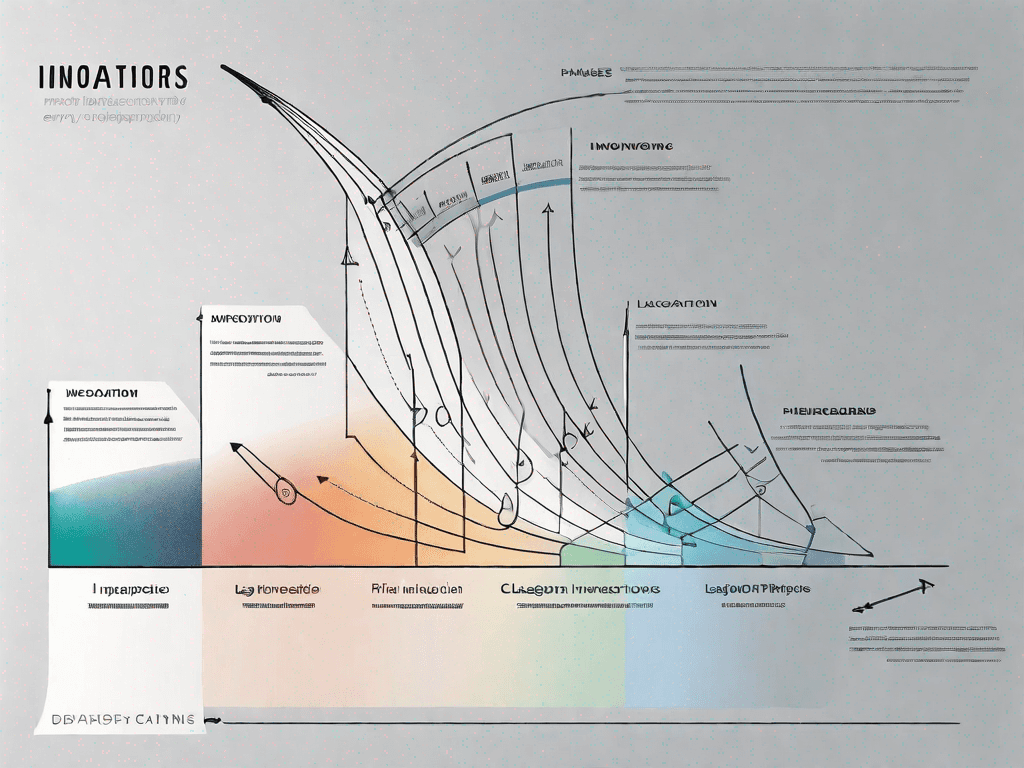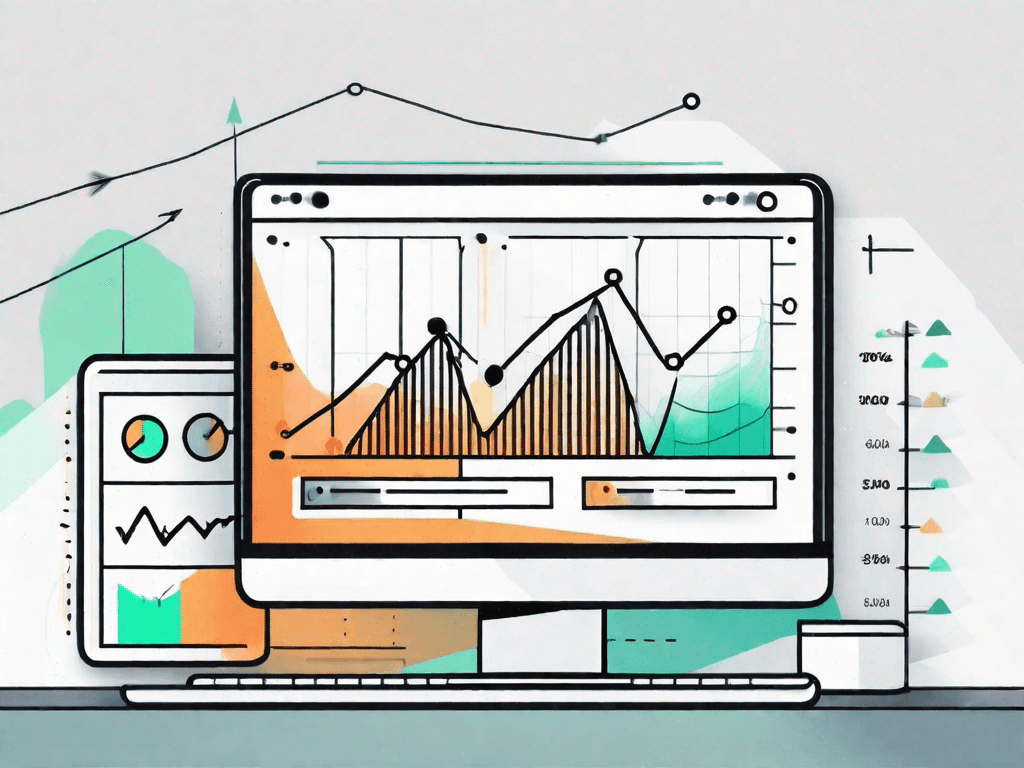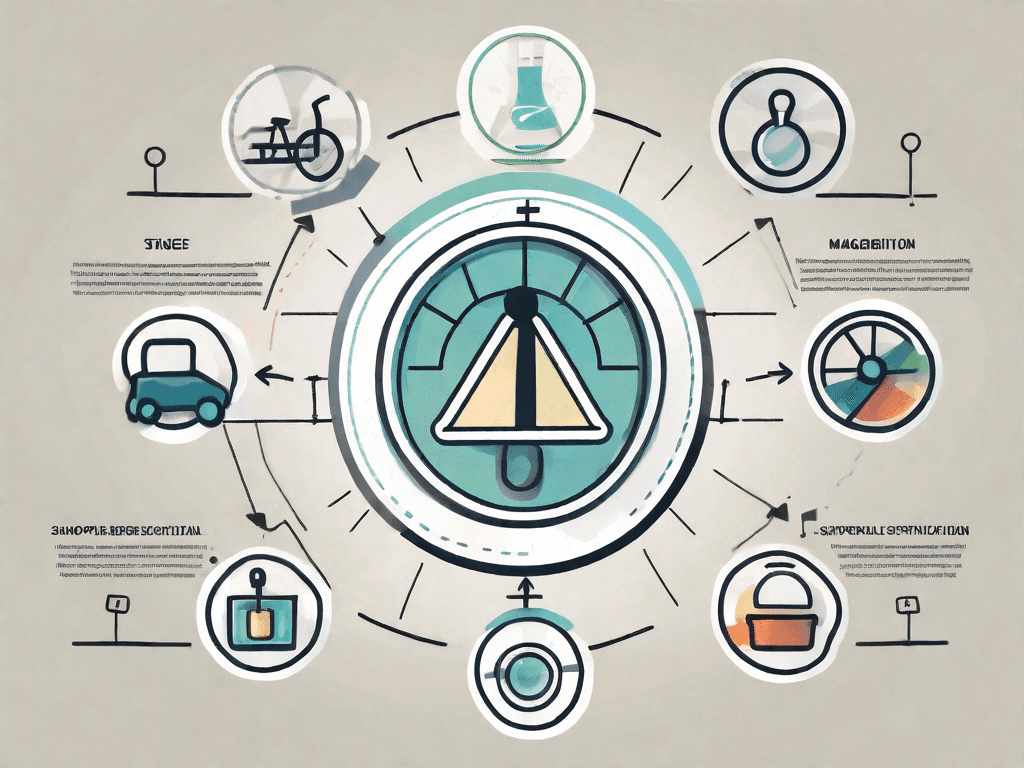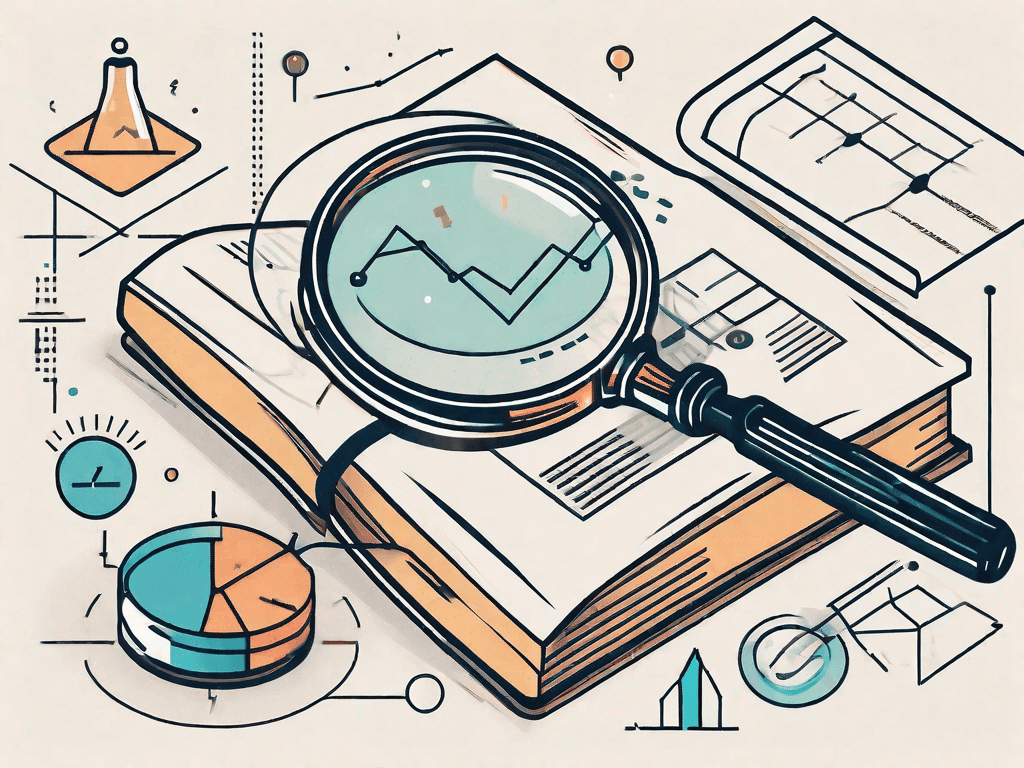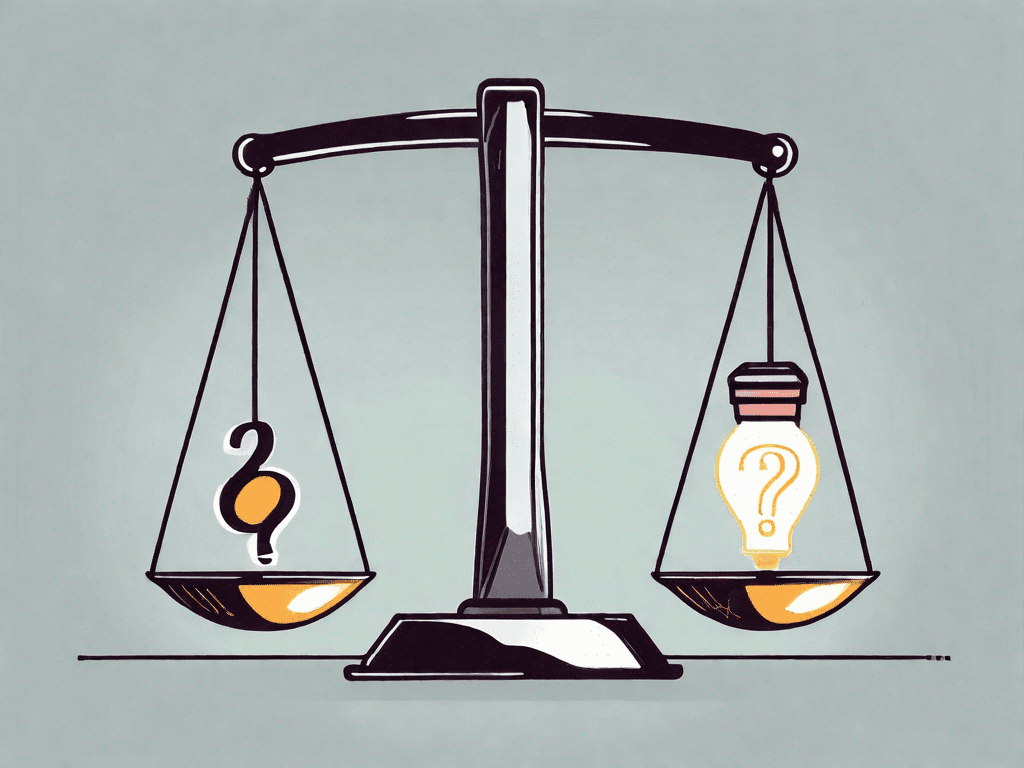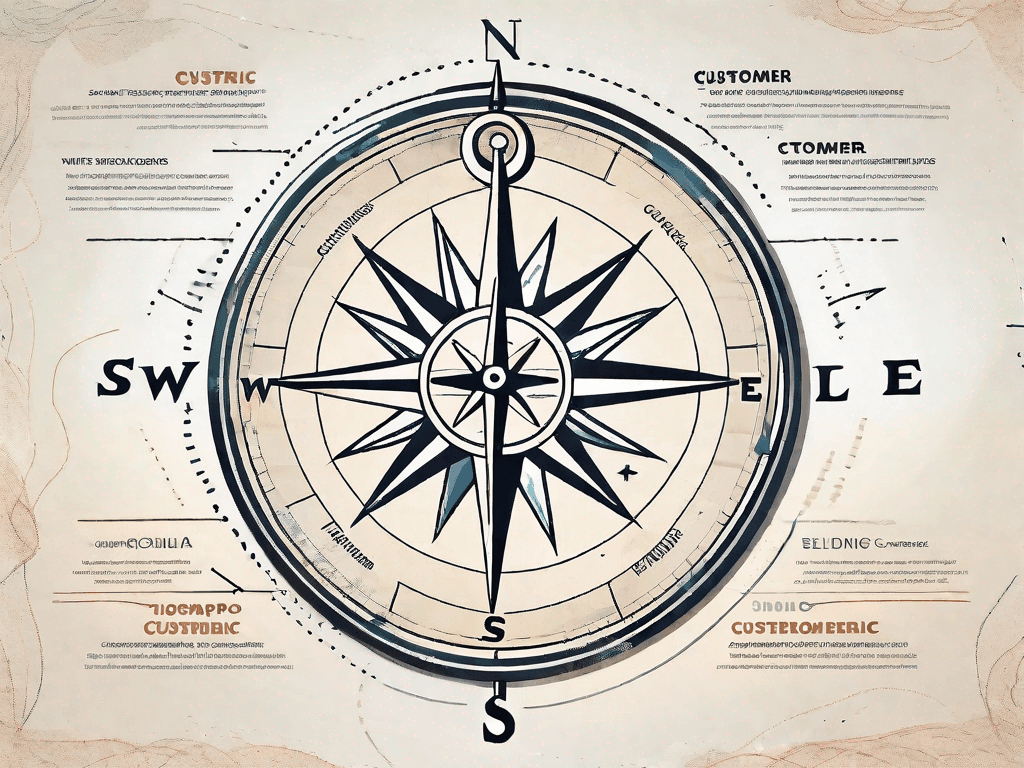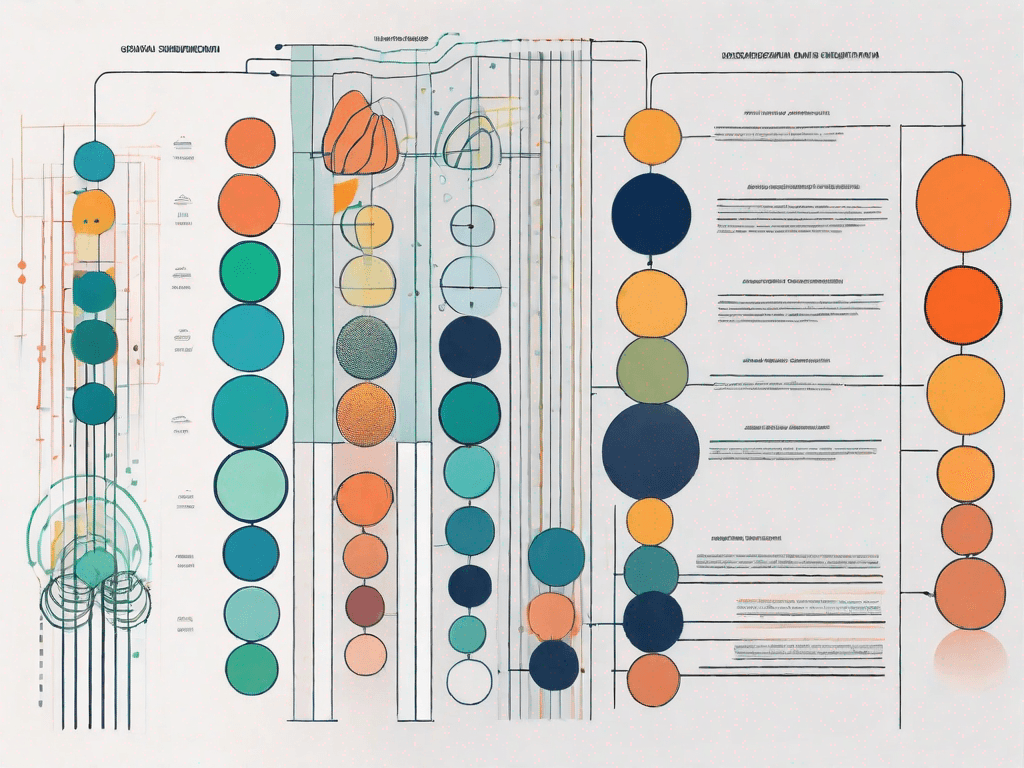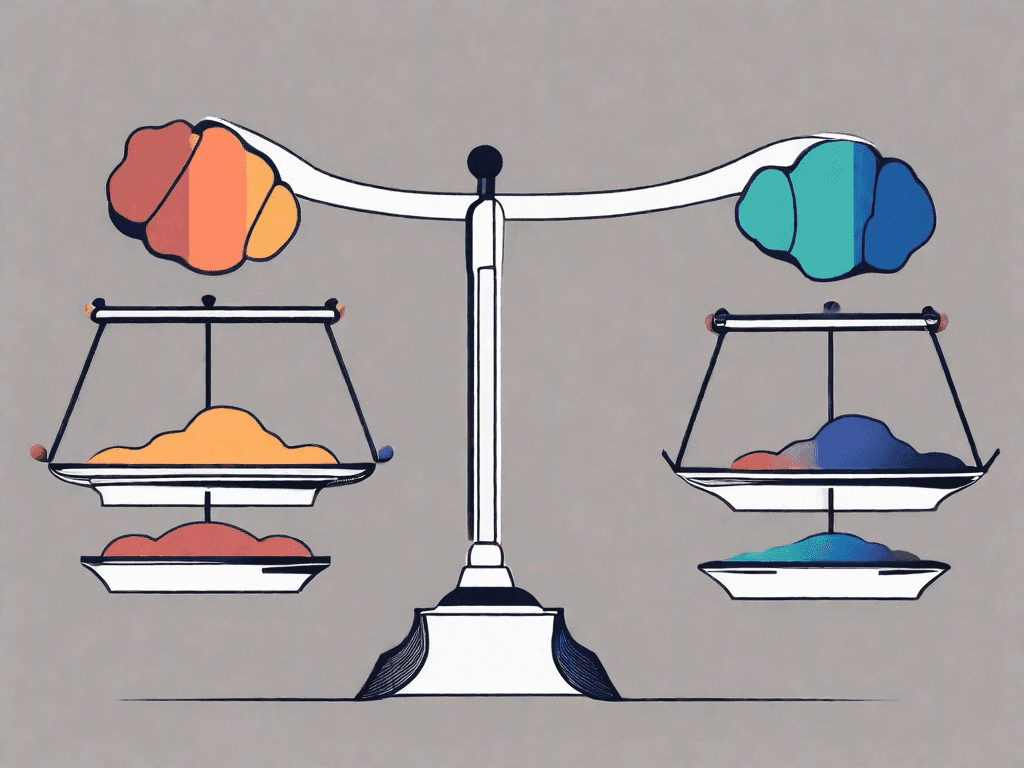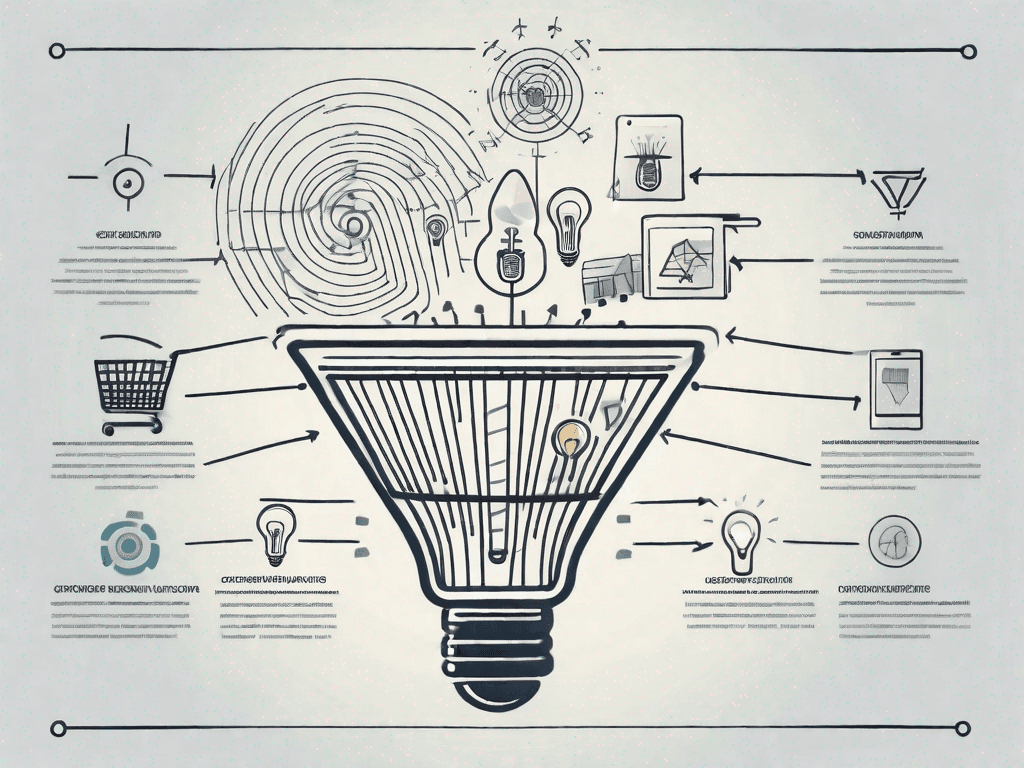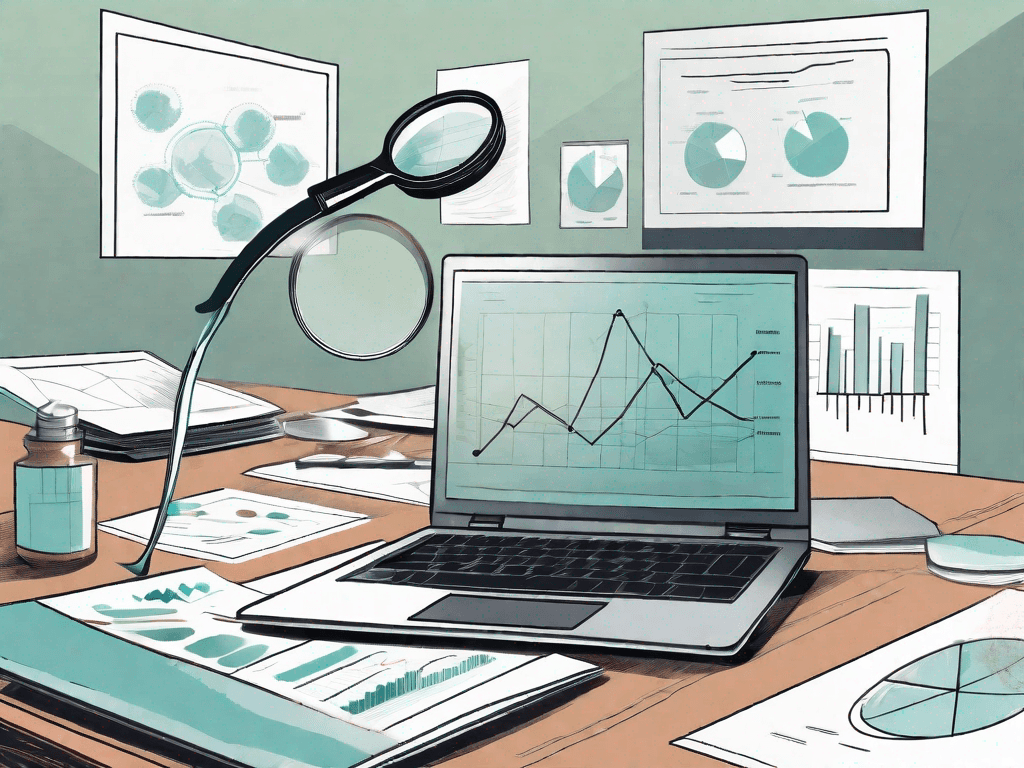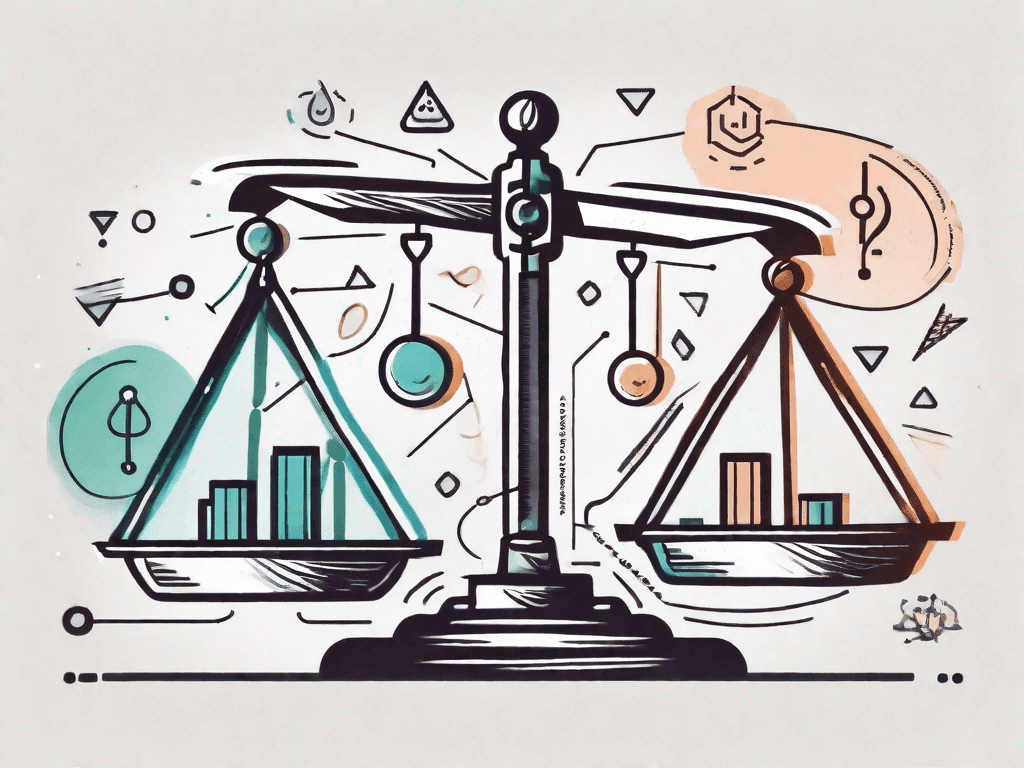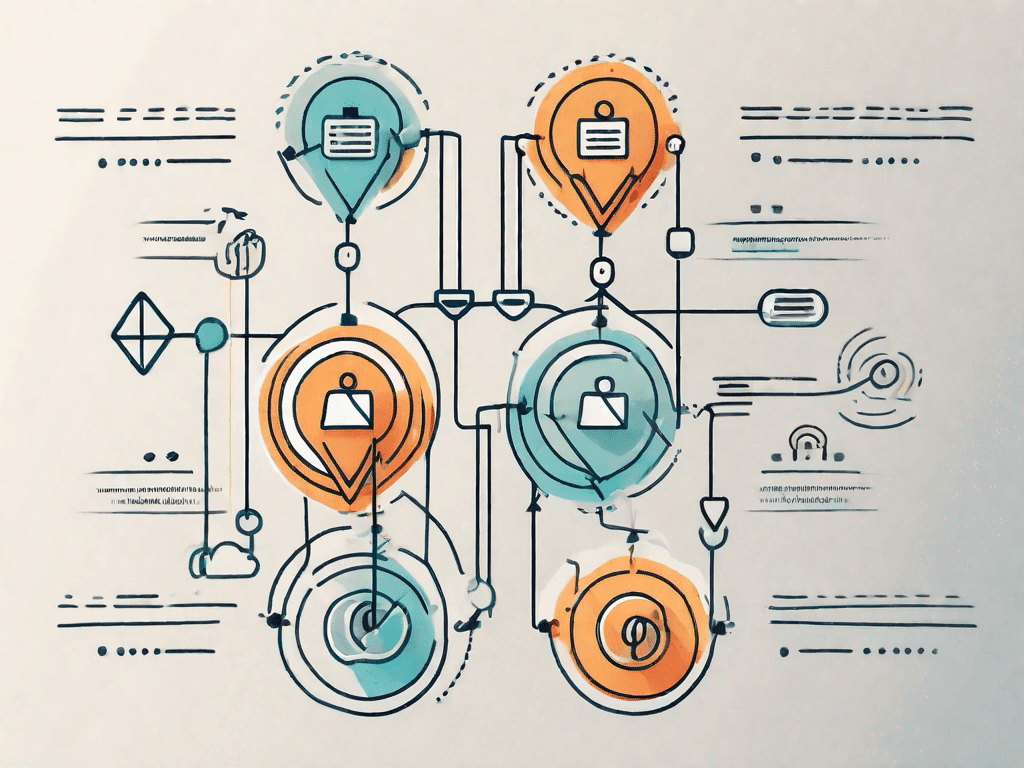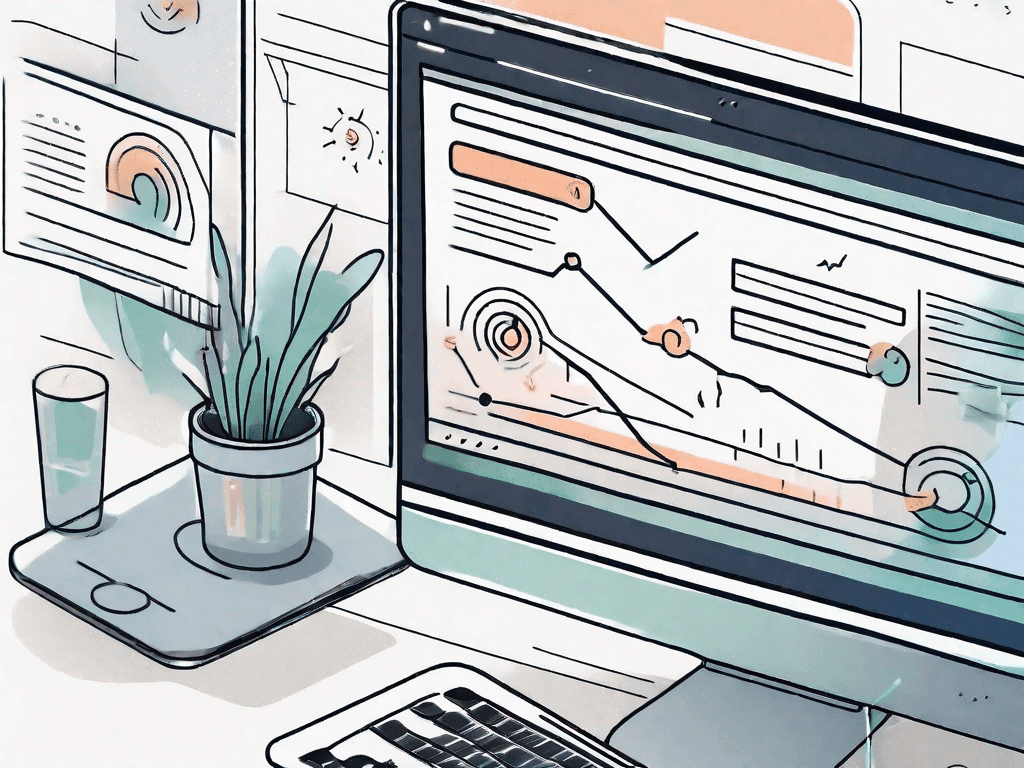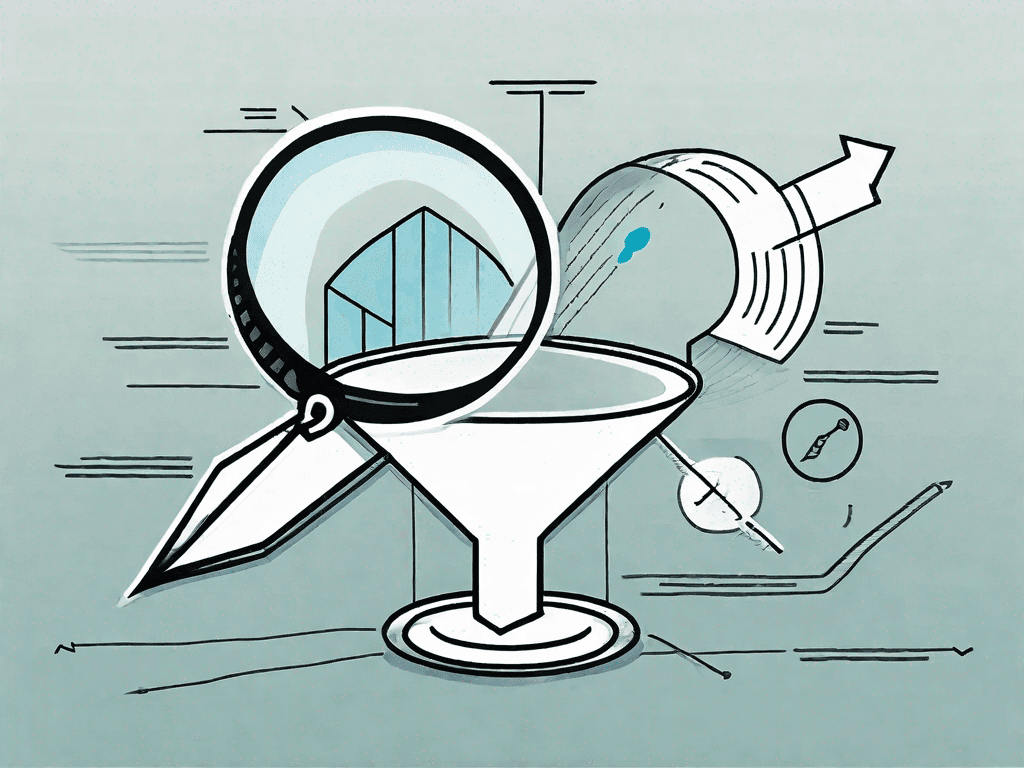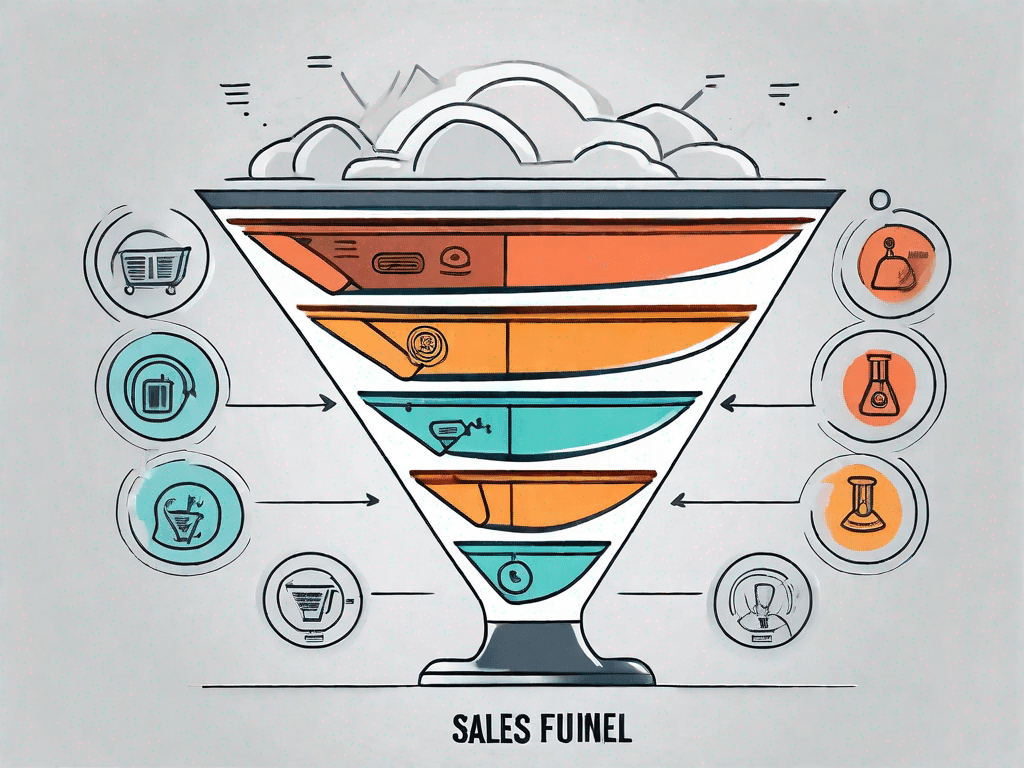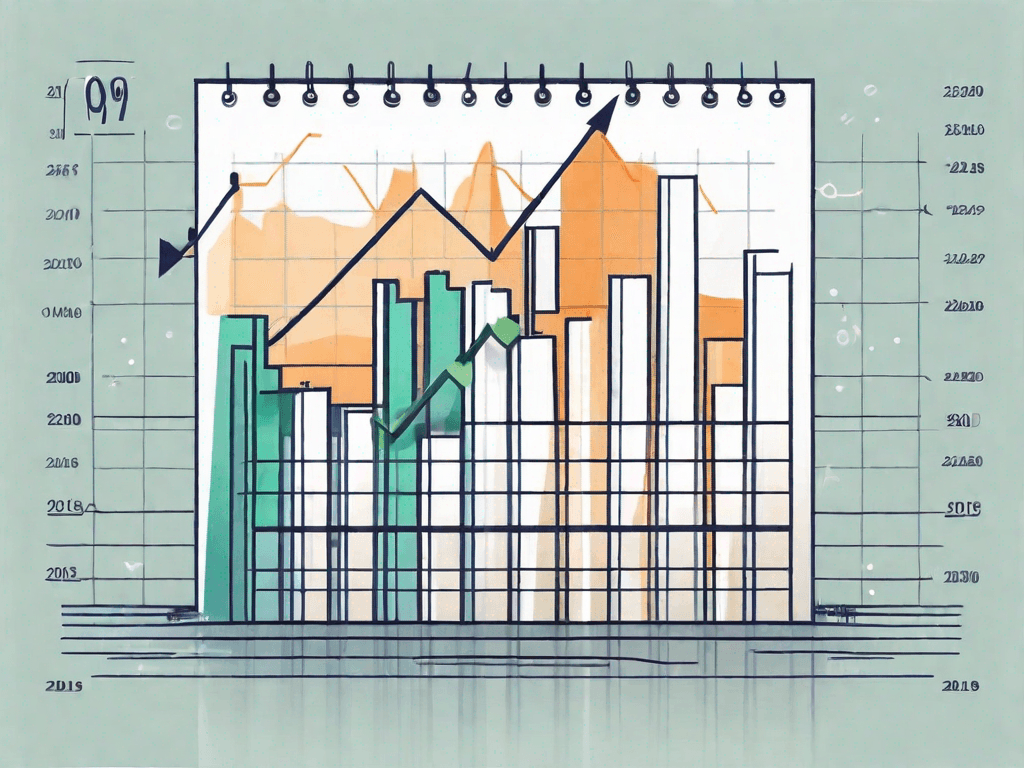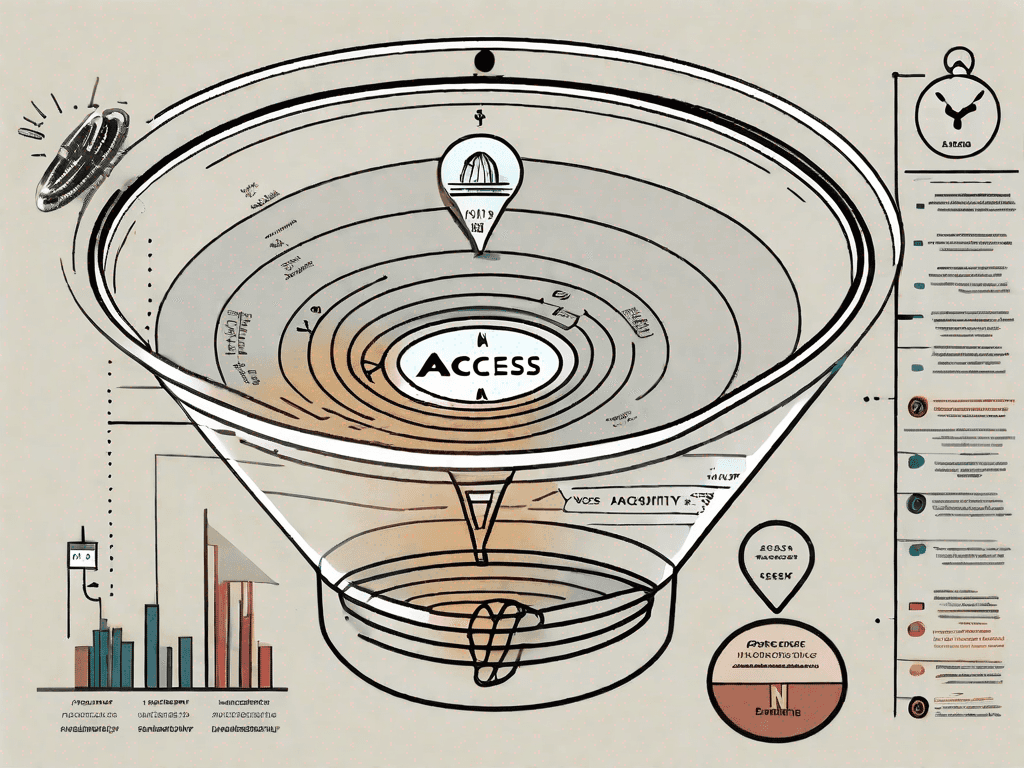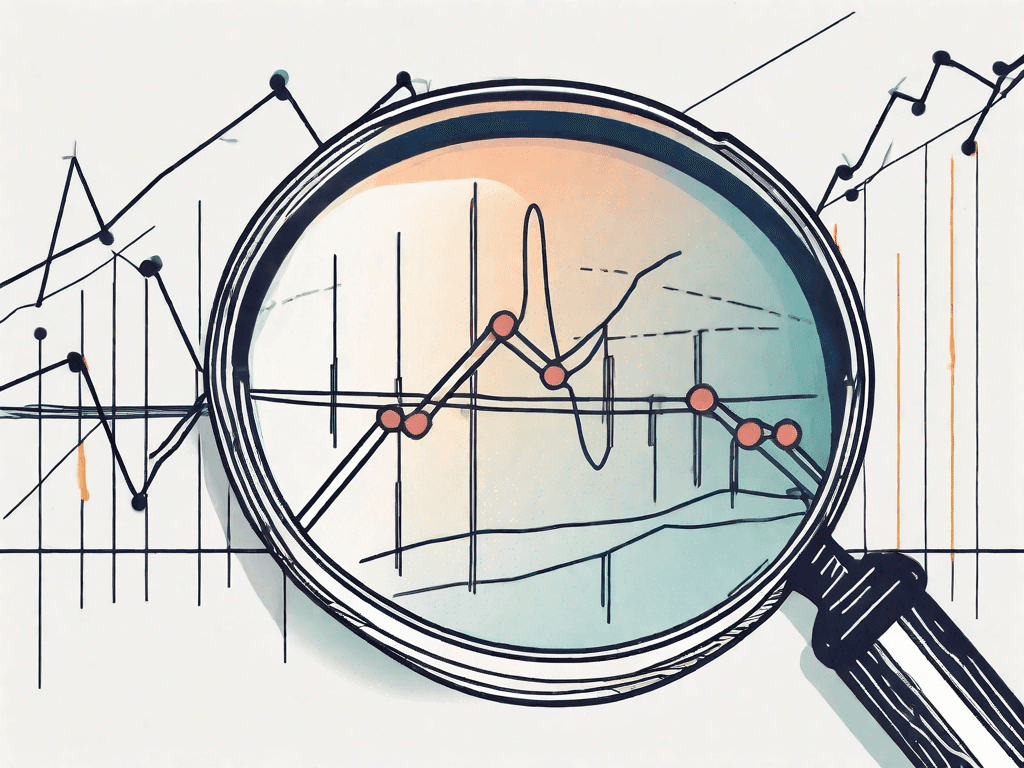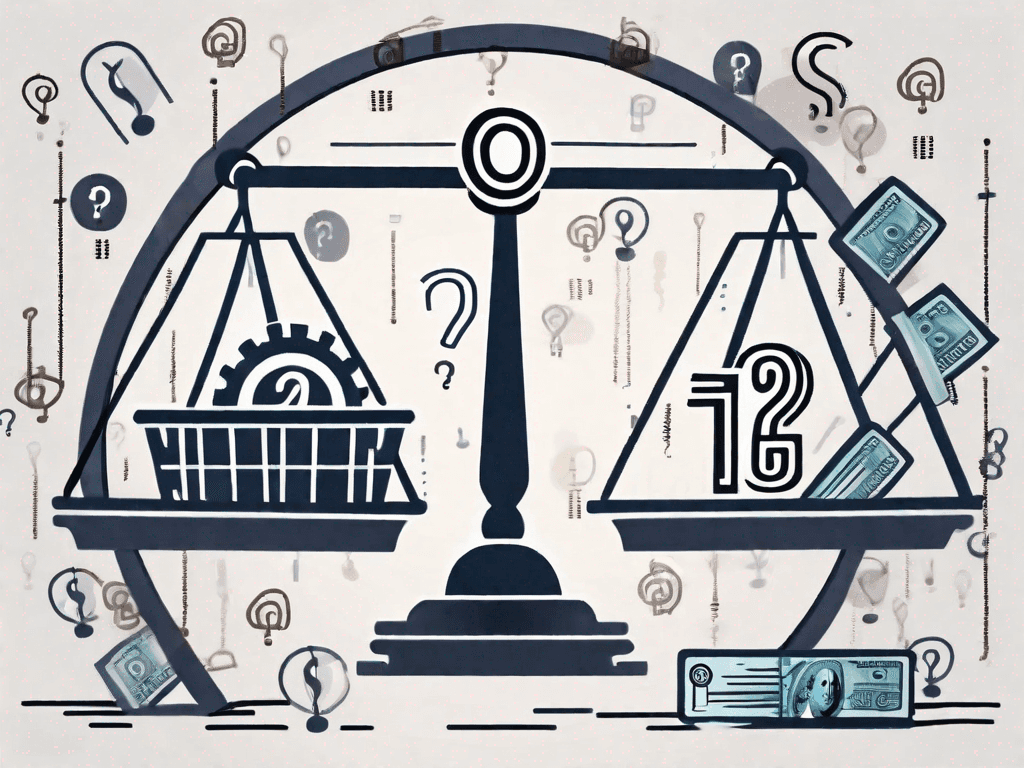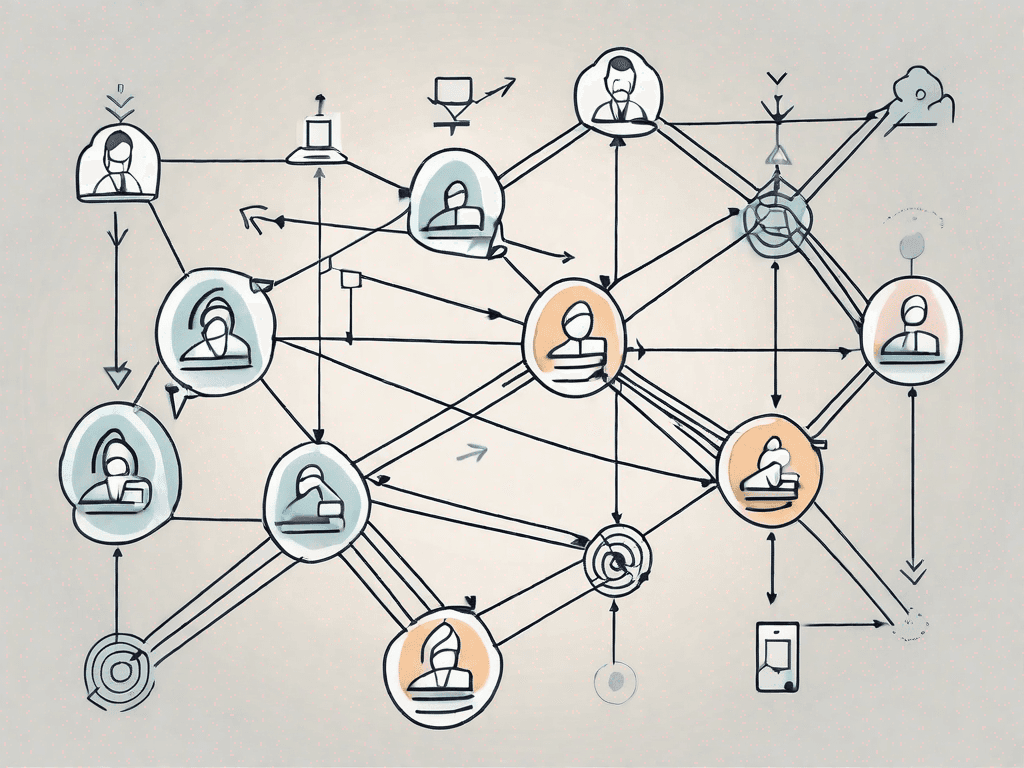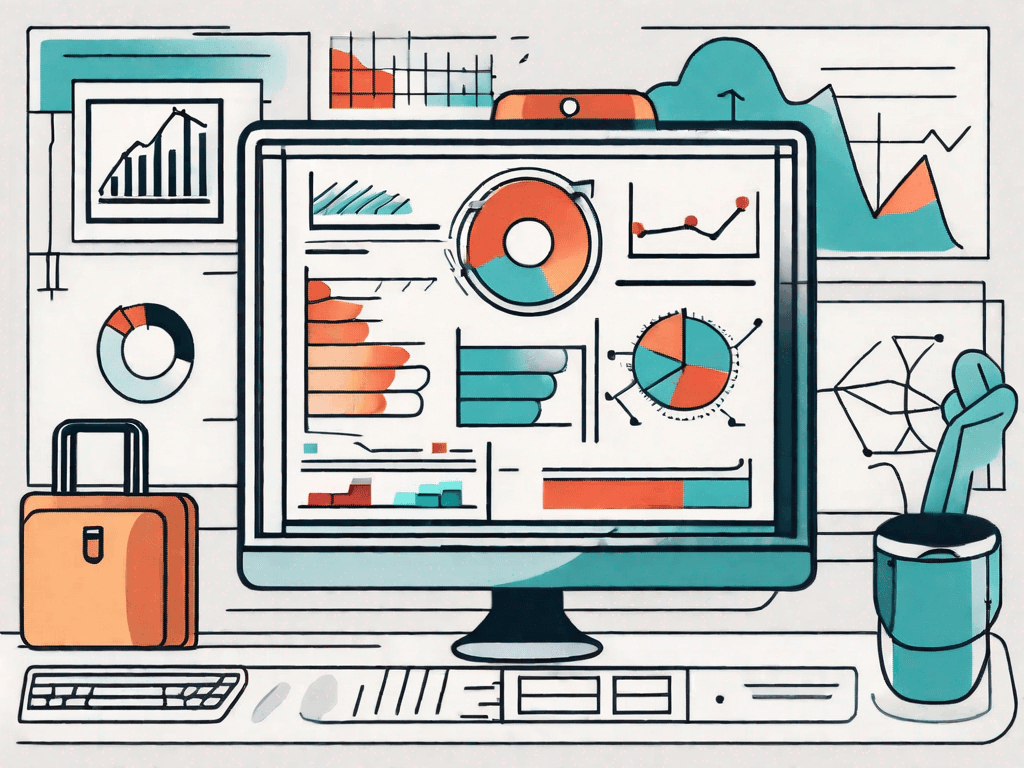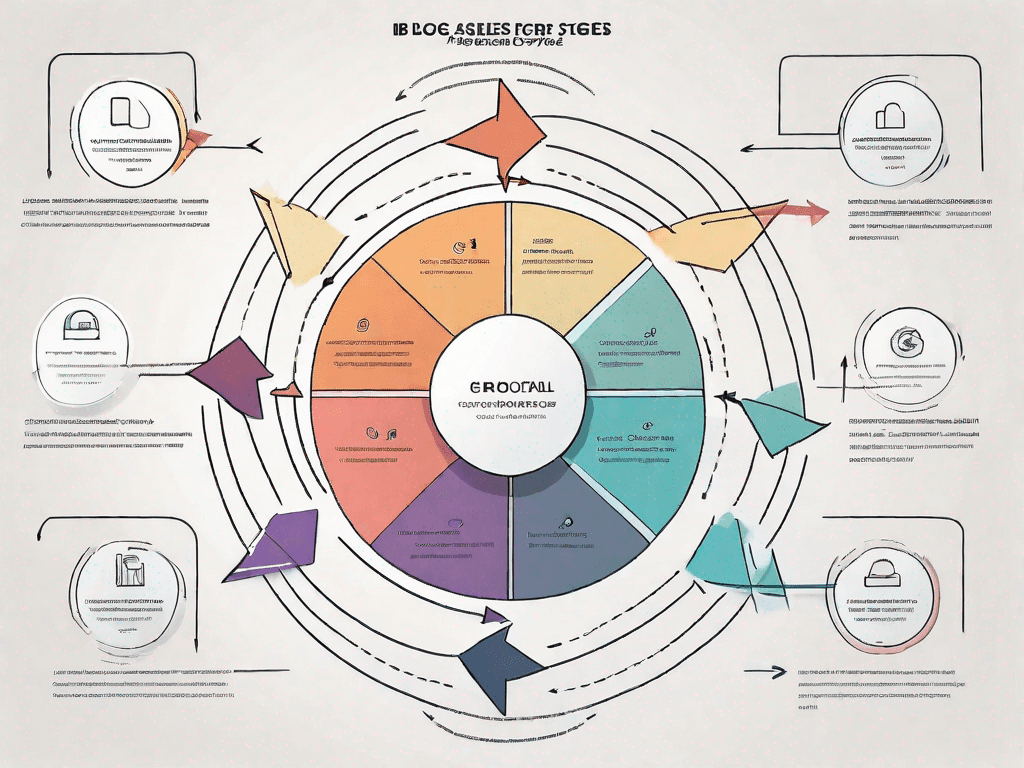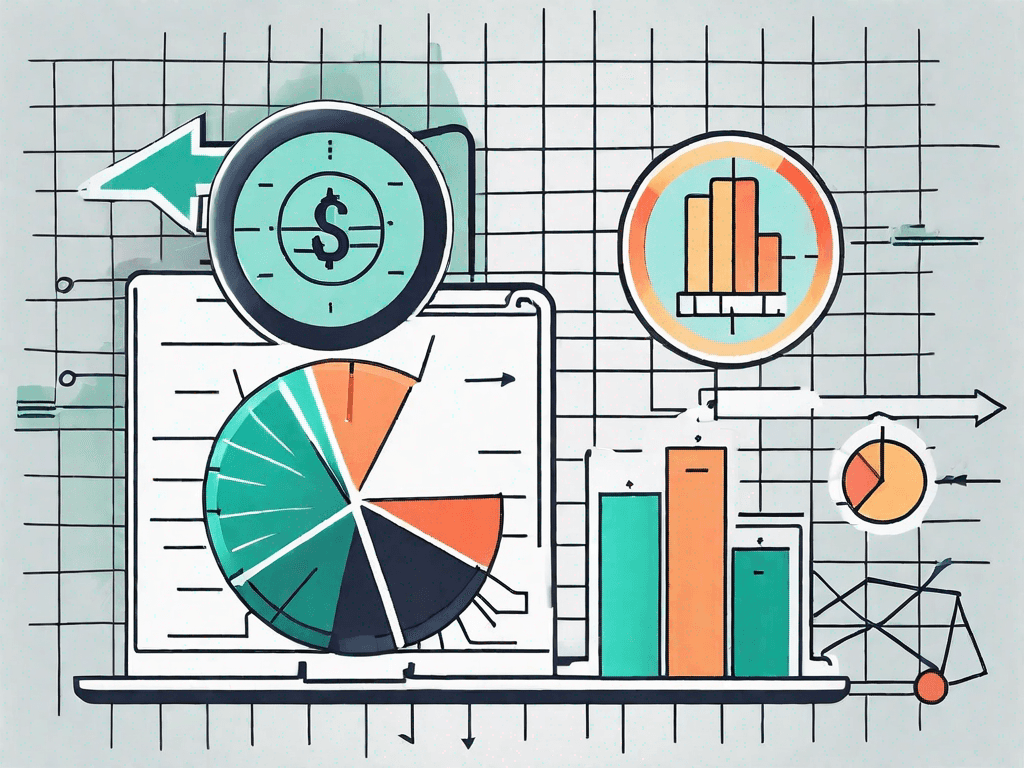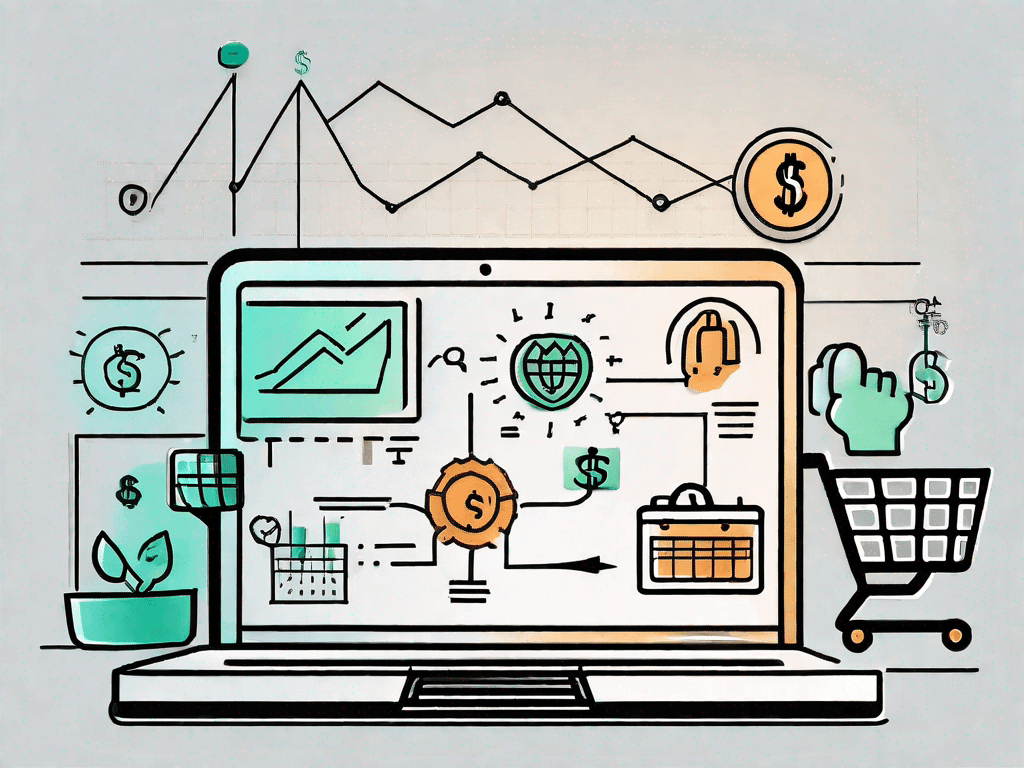In today’s fast-paced business landscape, the ability to make informed decisions is crucial for success. Whether you’re leveraging your own data, a competitor’s, or broader market insights, every piece of information can give you a competitive edge when developing new strategies or seizing new opportunities.
As they say, knowing is half the battle — and in business, it can be the difference between staying ahead or falling behind.
In this article, we’ll break down what business insights are, their pros and cons, and share some practical examples to give you a clearer understanding.
1°) What are Business Insights? 🤔

Before delving into the advantages and disadvantages of business insights, let's begin by defining what they actually are.
Business insights are not just raw data; they are the outcome of a thorough analysis that transforms data into valuable information. By examining data from multiple sources — such as sales records, customer feedback, and market research — organizations can gain a comprehensive understanding of their business landscape.
Through the application of analytical techniques like data mining, statistical analysis, and machine learning, organizations can uncover hidden patterns and correlations within their data. These insights provide a deeper understanding of customer behavior, market trends, and operational efficiency.
1.1 - Advantages of Business Insights
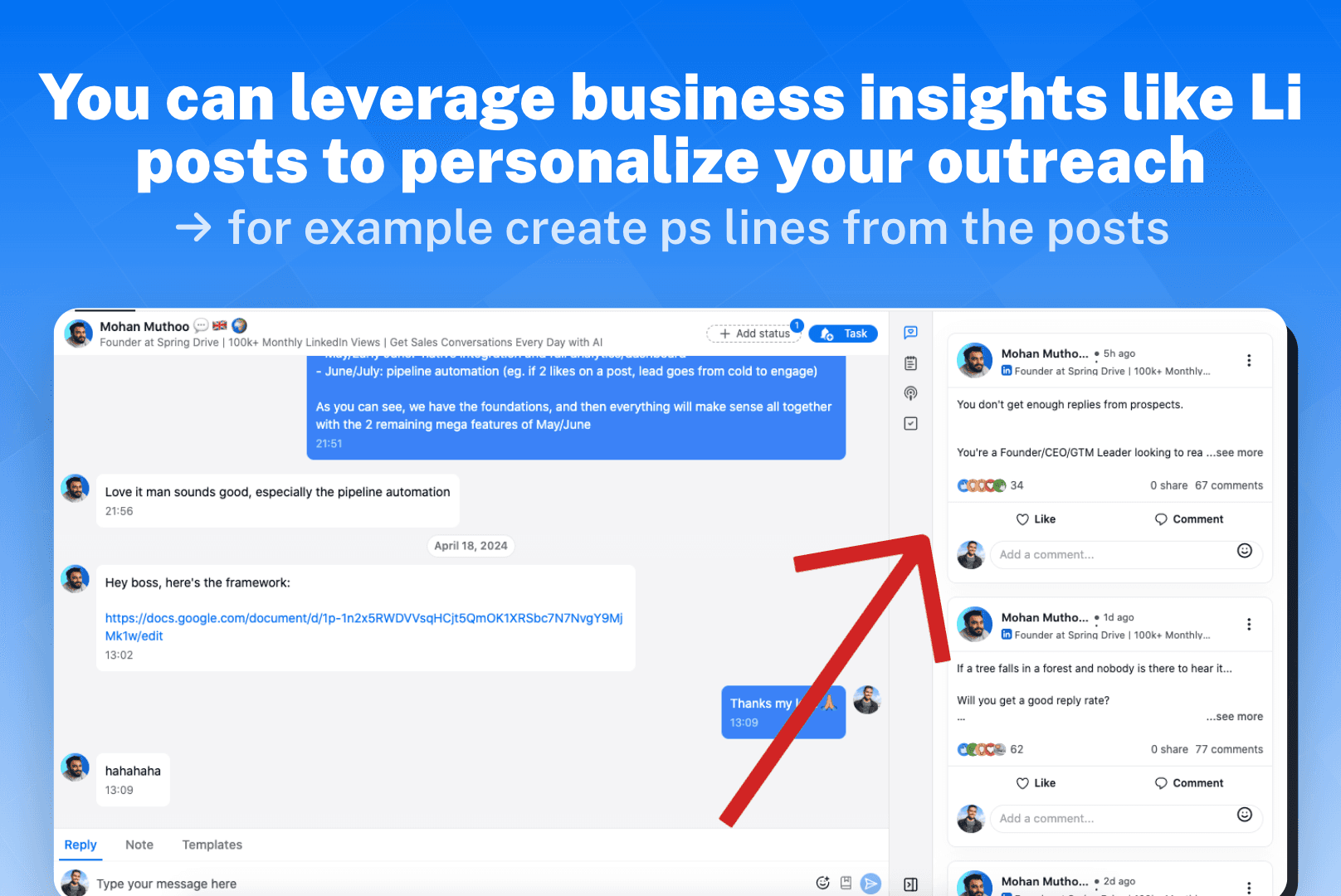
The use of business insights offers several key advantages for organizations aiming for success.
Firstly, these insights provide a clear understanding of customer behavior, preferences, and needs. This knowledge allows businesses to tailor products and services, boosting customer satisfaction and loyalty.
Example: A retail company analyzes purchase history to identify popular products and trends. With these insights, they adjust inventory and marketing strategies to align with customer demand, leading to increased sales and customer satisfaction.

Secondly, business insights facilitate better decision-making by providing accurate and relevant information. By analyzing data and identifying correlations, organizations can make informed choices that optimize operations, enhance efficiency, and drive growth.
Example: A manufacturing company examines production data to pinpoint bottlenecks and inefficiencies. With these insights, they implement process improvements that streamline operations, reduce costs, and increase productivity.
Lastly, business insights help organizations stay ahead of the competition. By continuously monitoring market trends, customer sentiment, and industry developments, businesses can proactively identify opportunities and adapt strategies to stay relevant in a dynamic market.
Example: A technology company analyzes market data to spot emerging trends and evolving consumer preferences. Armed with these insights, they develop innovative products that meet market demands, securing a competitive advantage.

1.2 - Disadvantages of Business Insights
While business insights offer numerous benefits, it’s important to recognize their limitations.
One potential drawback is the reliance on accurate and comprehensive data. If the data used for analysis is incomplete or inaccurate, the resulting insights can be misleading or incorrect. To mitigate this risk, organizations must invest in data quality management practices, including:
Data validation processes to verify accuracy.
Data cleansing techniques to remove inconsistencies.
Data governance frameworks to maintain data integrity.
Another challenge is the complexity of data analysis, particularly for organizations lacking the necessary expertise or tools. Extracting valuable insights requires skilled professionals who can effectively interpret data. Without the right knowledge and resources, organizations may struggle to unlock the full potential of their data.
To address this, businesses should invest in data literacy programs and provide training to their teams. By equipping employees with the necessary skills and tools, organizations can effectively leverage data to derive valuable insights.

2°) Examples of Business Insights 🏢
To better understand how business insights can be applied in various contexts, let's explore some real-life examples.
2.1 - Example in a Startup Context
Imagine a startup in the e-commerce industry struggling to gain traction and convert visitors into customers. By analyzing customer behavior and purchase patterns, they discover that a significant portion of their target audience is abandoning shopping carts before completing the checkout process.
This valuable insight prompts them to optimize the user experience, focusing on simplifying the checkout process to boost conversion rates.
2.2 - Example in a Consulting Context
A consulting firm specializing in organizational efficiency is hired by a manufacturing company aiming to streamline its operations. Through data analysis, the firm identifies overlapping responsibilities between departments, causing inefficiencies and duplication of efforts. Armed with this insight, they recommend restructuring roles and responsibilities, resulting in improved productivity and cost savings.
To develop their recommendations, the consulting firm:
Conducts interviews and collects data on the company’s structure, processes, and performance metrics.
Analyzes data to pinpoint areas of redundancy and inefficiency.
Proposes a reorganization plan that reallocates responsibilities, eliminates duplicate tasks, and improves interdepartmental communication.
After implementing these recommendations, the manufacturing company experiences streamlined operations and increased profitability.
2.3 - Example in a Digital Marketing Agency Context
A digital marketing agency manages campaigns for a client aiming to increase brand awareness and customer engagement. By analyzing data from social media platforms, they discover that their target audience is most active during specific times of the day.
Armed with this insight, the agency:
Strategically schedules posts and advertisements during those peak times.
Used social media analytics tools to track engagement metrics, such as likes, comments, and shares.
Analyzed data to identify patterns in audience engagement, including peak activity times.
They use this insight to optimize their posting schedule, ensuring that their content reaches the maximum number of users when they are most likely to be active. As a result, the client experiences increased brand visibility and engagement.
3°) Final Thoughts 💭
With these examples in mind, it becomes evident how business insights can be a game-changer for organizations across industries and contexts. By leveraging data and applying analytical techniques, businesses can unlock valuable insights that drive growth, enhance customer satisfaction, and improve overall efficiency. Embracing the power of business insights as a decision-making tool is essential in today's data-driven world.



